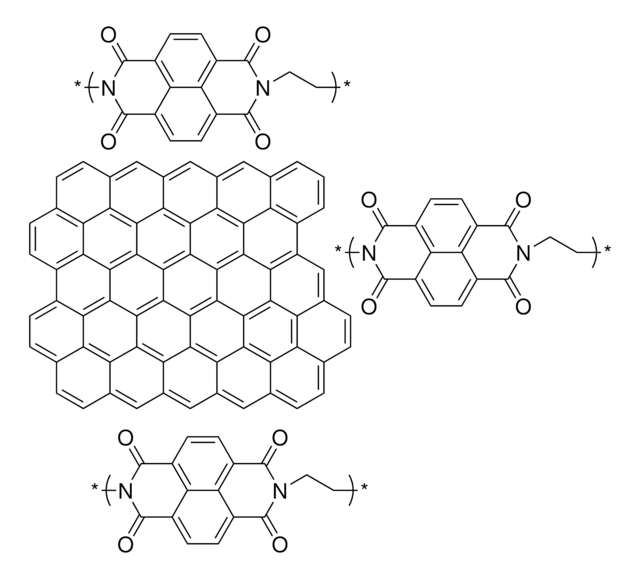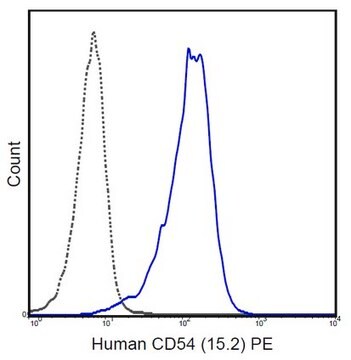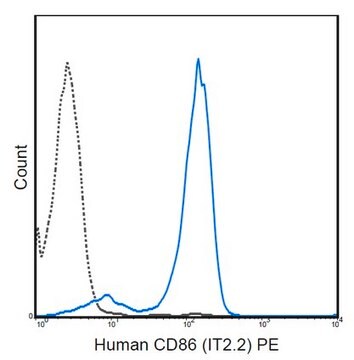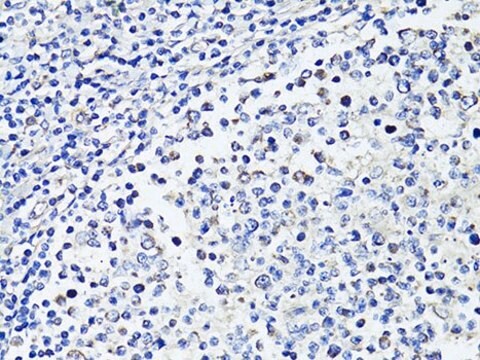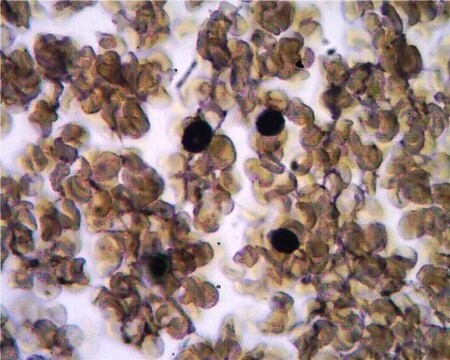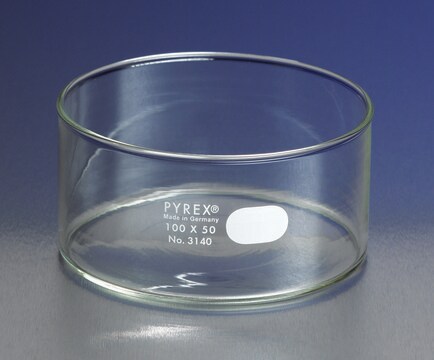5096
CD86 human
recombinant, expressed in E. coli, 0.5 mg protein/mL
About This Item
Produtos recomendados
fonte biológica
human
recombinante
expressed in E. coli
descrição
0.1 mg recombinant human CD86 in 20 mM Tris-HCl buffer, containing NaCl, KCl, EDTA, L-arginine, DTT and glycerol.
esterilidade
Filtered sterilized solution
Ensaio
≥90% (SDS-PAGE)
Formulário
liquid
embalagem
pkg of 100 μg
concentração
0.5 mg protein/mL
nº de adesão
NP_008820
nº de adesão UniProt
temperatura de armazenamento
−20°C
Informações sobre genes
human ... CD86(942)
Aplicação
Use this procedure as a guideline to determine optimal coating conditions for the culture system of choice.
1. Thaw CD86 and dilute to desired concentration using serum-free medium or PBS. The final solution should be sufficiently dilute so the volume added covers the surface evenly (1-10 μg/well, 6 well plate).
2. Add appropriate amount of diluted material to culture surface.
3. Incubate at room temperature for approximately 1.5 hours.
4. Aspirate remaining material.
5. Rinse plates carefully with water and avoid scratching bottom surface of plates.
6. Plates are ready for use. They may also be stored at 2-8 °C damp or air dried if sterility is maintained.
Sequência
Nota de preparo
Código de classe de armazenamento
10 - Combustible liquids
Classe de risco de água (WGK)
WGK 2
Ponto de fulgor (°F)
Not applicable
Ponto de fulgor (°C)
Not applicable
Escolha uma das versões mais recentes:
Certificados de análise (COA)
Lamentamos, não temos COA para este produto disponíveis online no momento.
Se precisar de ajuda, entre em contato Atendimento ao cliente
Já possui este produto?
Encontre a documentação dos produtos que você adquiriu recentemente na biblioteca de documentos.
Nossa equipe de cientistas tem experiência em todas as áreas de pesquisa, incluindo Life Sciences, ciência de materiais, síntese química, cromatografia, química analítica e muitas outras.
Entre em contato com a assistência técnica
